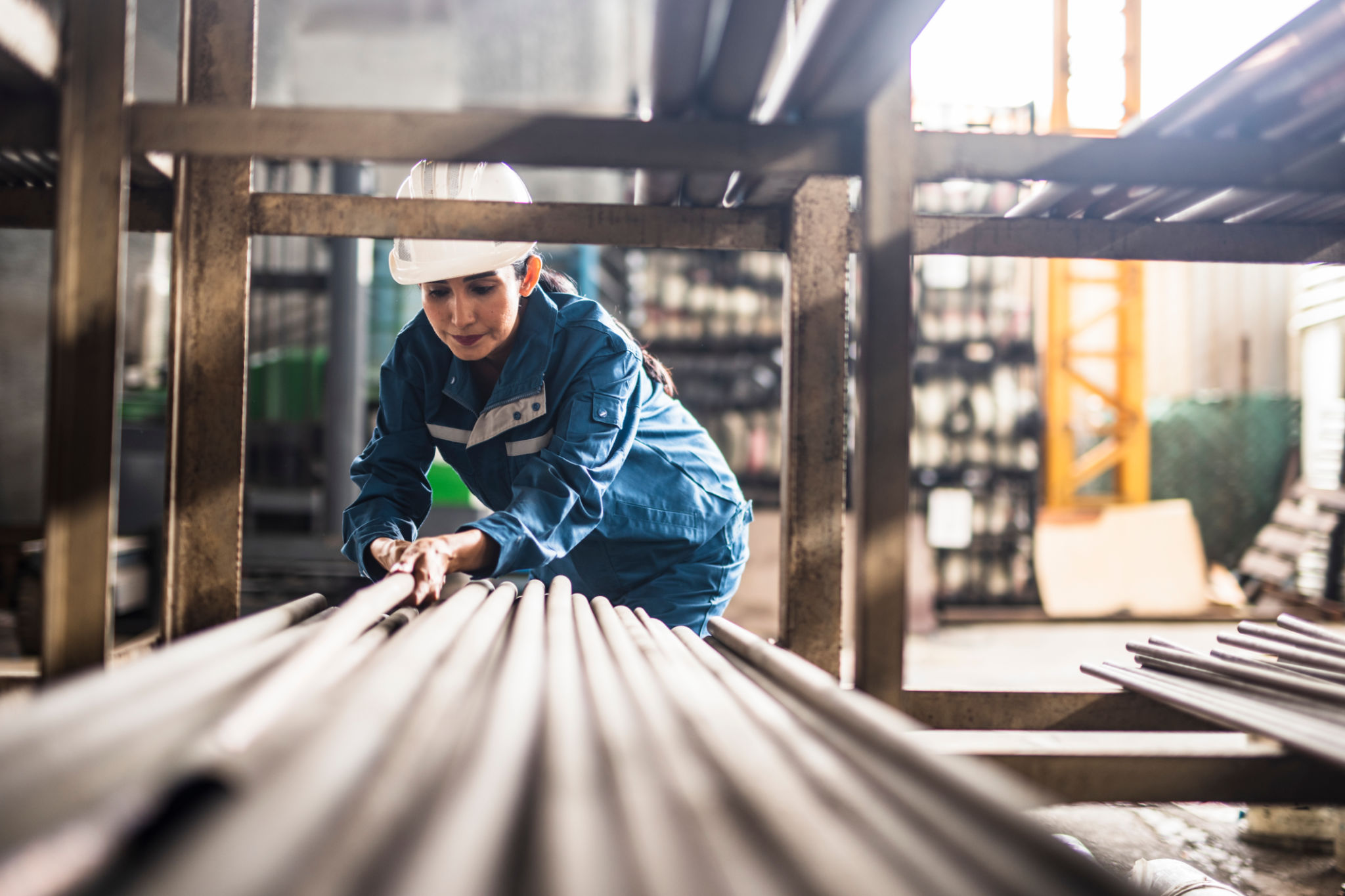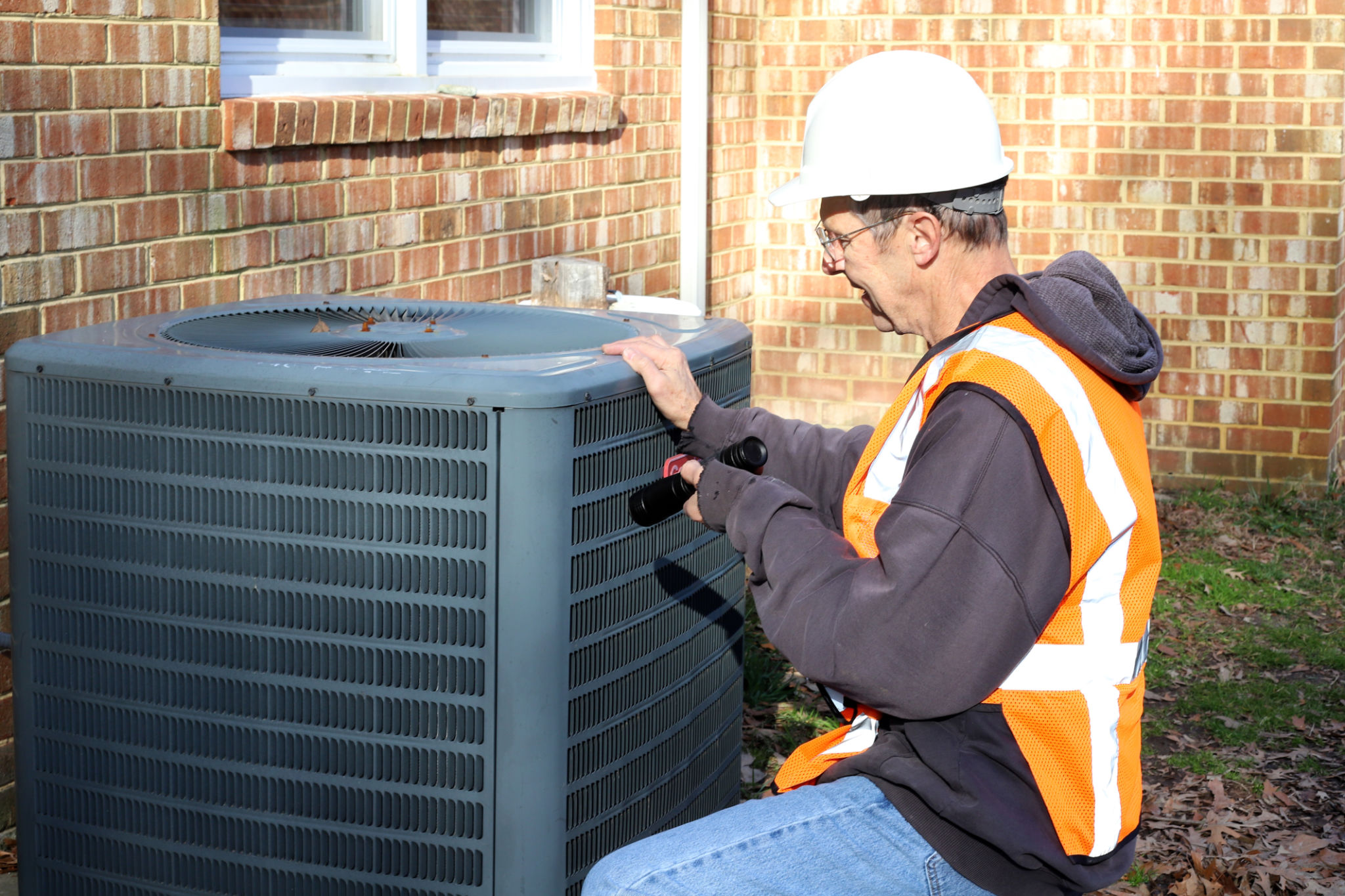10 tips for improving industrial energy efficiency in Casablanca
Production Process Optimization
To improve energy efficiency in Casablanca industry, the first step is to optimize production processes. This involves a thorough analysis of current operations to identify energy wastage. By reducing losses and adjusting processes, companies can achieve significant energy savings.
Energy management systems are essential for monitoring and controlling energy consumption. These systems enable areas with high savings potential to be identified and corrective action taken quickly.

Efficient use of lighting
Lighting is an often overlooked aspect of energy consumption. By replacing traditional light bulbs with LEDs, companies can significantly reduce their energy consumption. What's more, installing motion sensors can help reduce unnecessary lighting use in low-traffic areas.
It is also possible to exploit natural light by reorganizing workspaces and using reflective materials to maximize luminosity.
Optimization of heating and air conditioning systems
Heating, ventilation and air conditioning (HVAC) systems account for a significant proportion of industrial energy consumption. Regular maintenance and optimization of these systems is crucial to improving energy efficiency. This can include cleaning filters, checking for leaks and adjusting thermostats accordingly.

The installation of energy-efficient HVAC systems can also be considered to reduce overall consumption. These modern systems are often more efficient and offer better control over room temperature.
Insulation and Waterproofing
Good insulation is essential for maintaining a stable temperature inside industrial buildings. By improving the thermal insulation of walls, roofs and windows, heating and cooling requirements can be reduced.
In addition, airtight doors and windows prevent the loss of hot or cold air, improving comfort while reducing energy consumption.

Use of Renewable Energy
The integration of renewable energies, such as solar or wind power, is an excellent way of reducing dependence on conventional energy sources. Photovoltaic installations on plant roofs can provide part of the electricity needed for day-to-day operations.
By investing in these technologies, companies can not only reduce their carbon footprint but also benefit from government subsidies for the energy transition.
Employee awareness and training
Finally, it is crucial to raise staff awareness of the importance of energy efficiency. Training programs can be set up to teach employees how to adopt energy-efficient practices in their daily tasks.
Actively involving staff in this approach not only improves energy efficiency, but also creates a more aware and responsible working environment.
